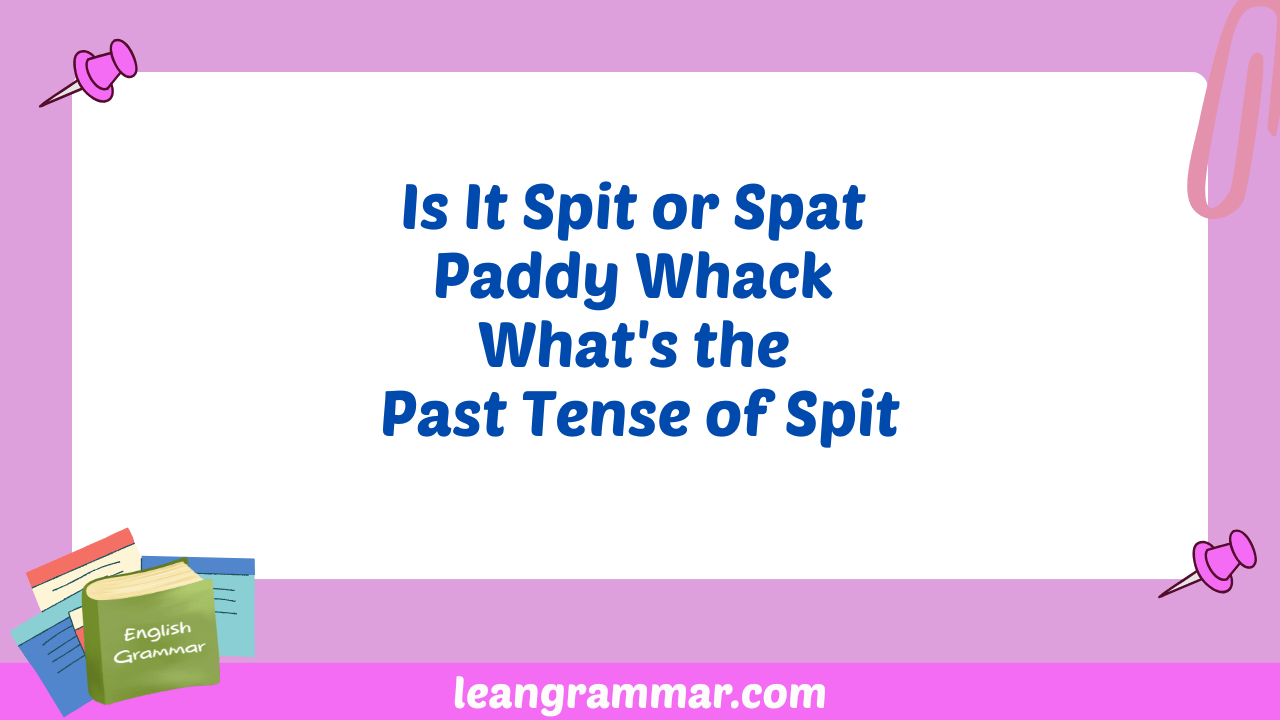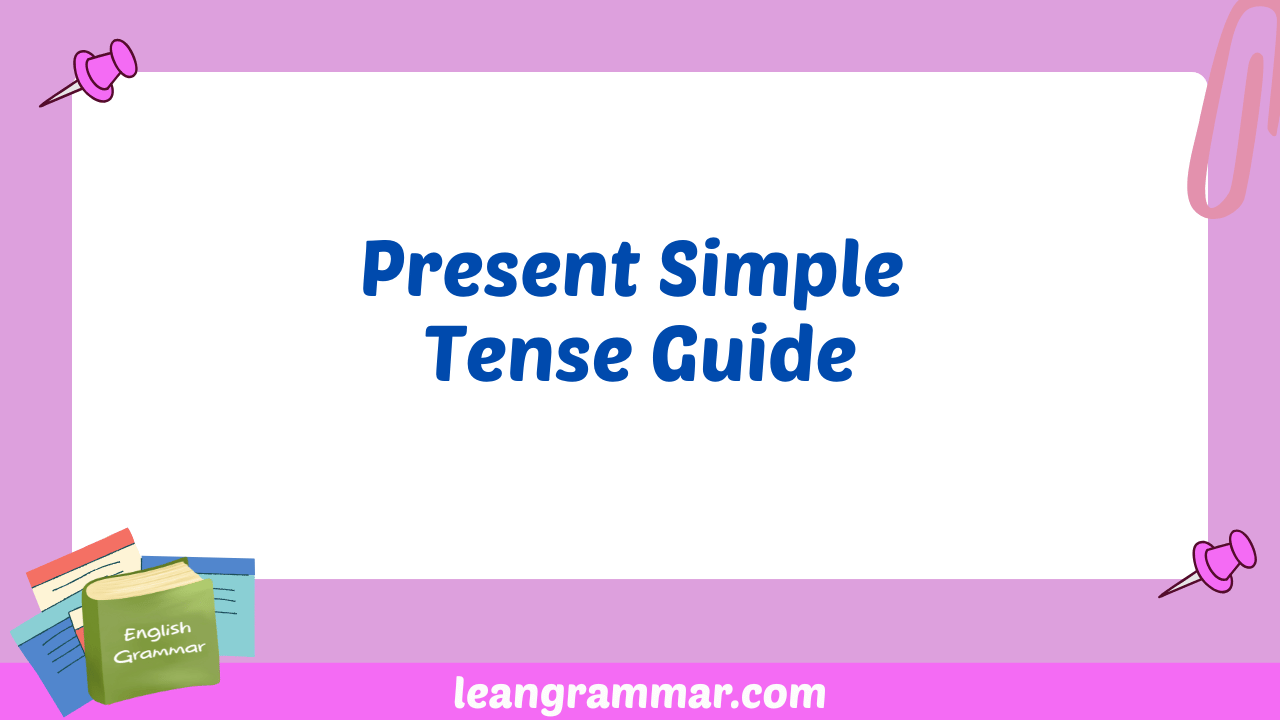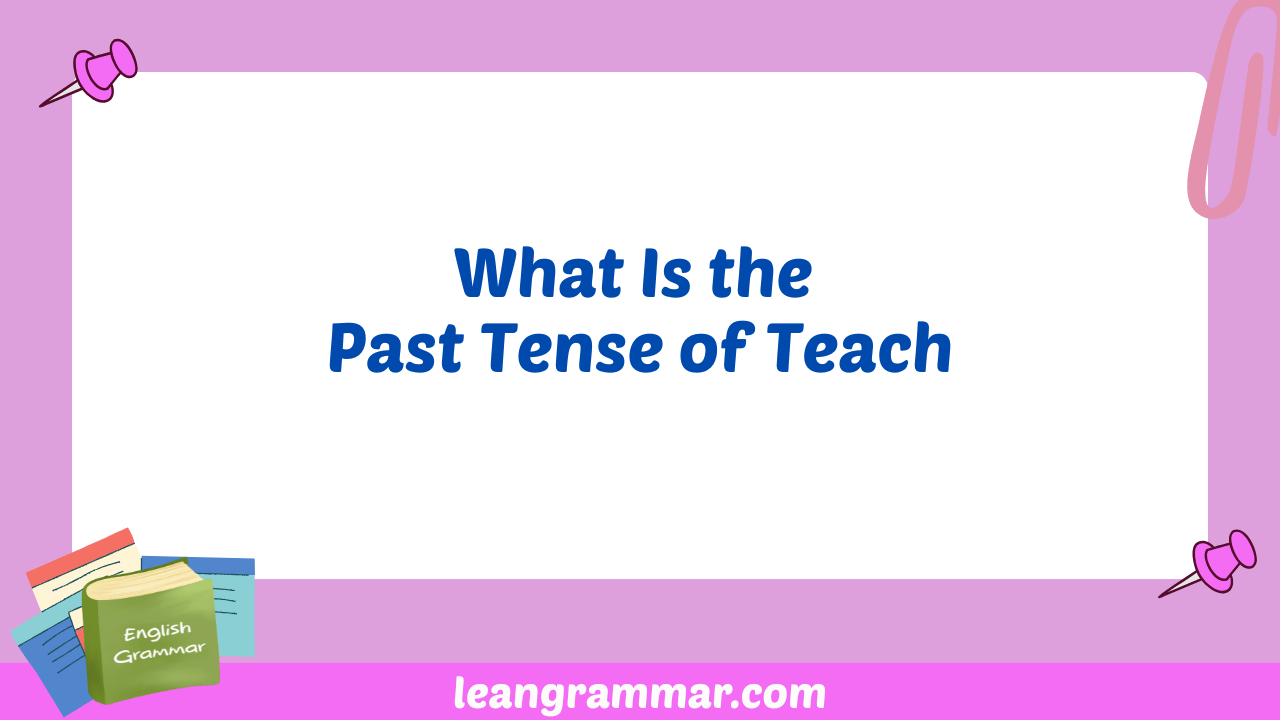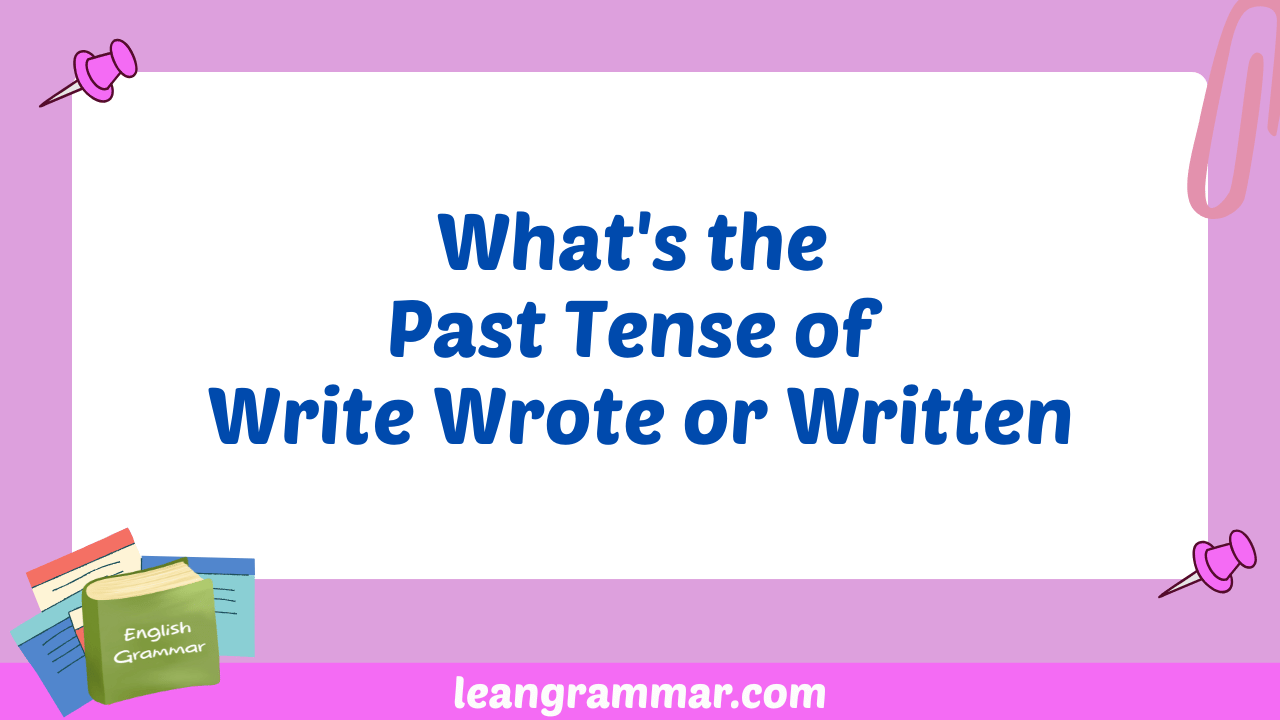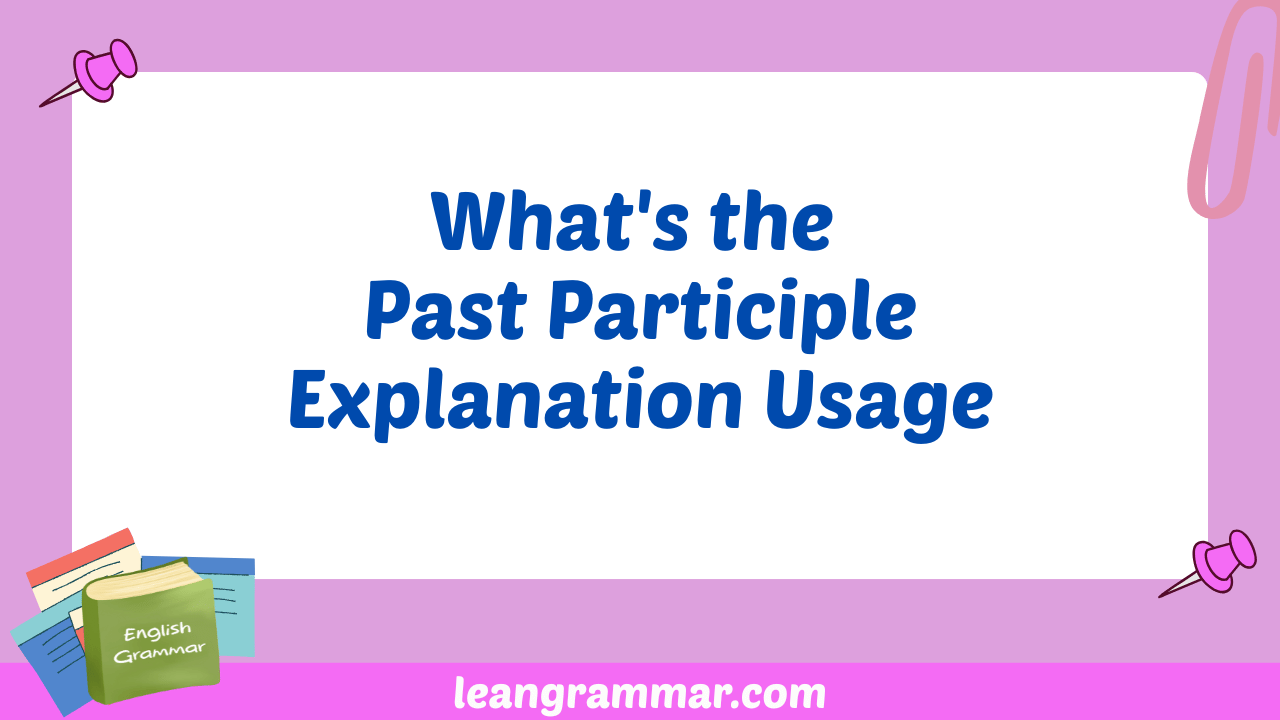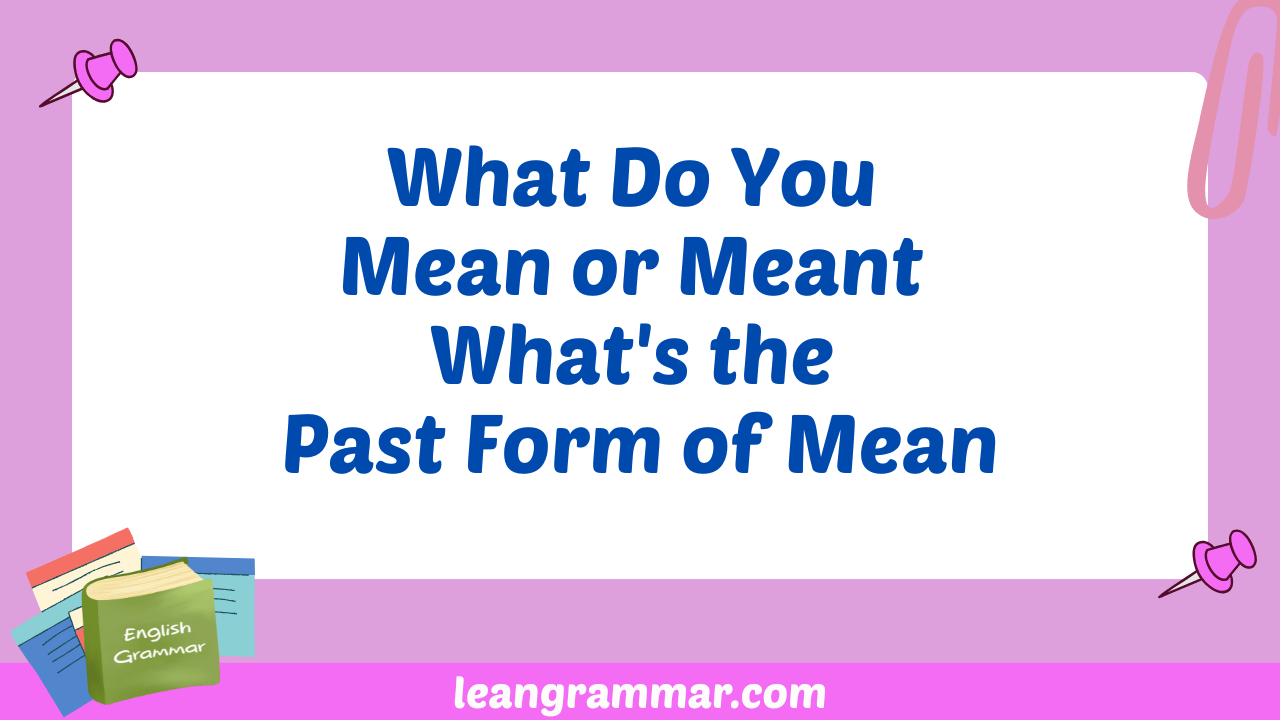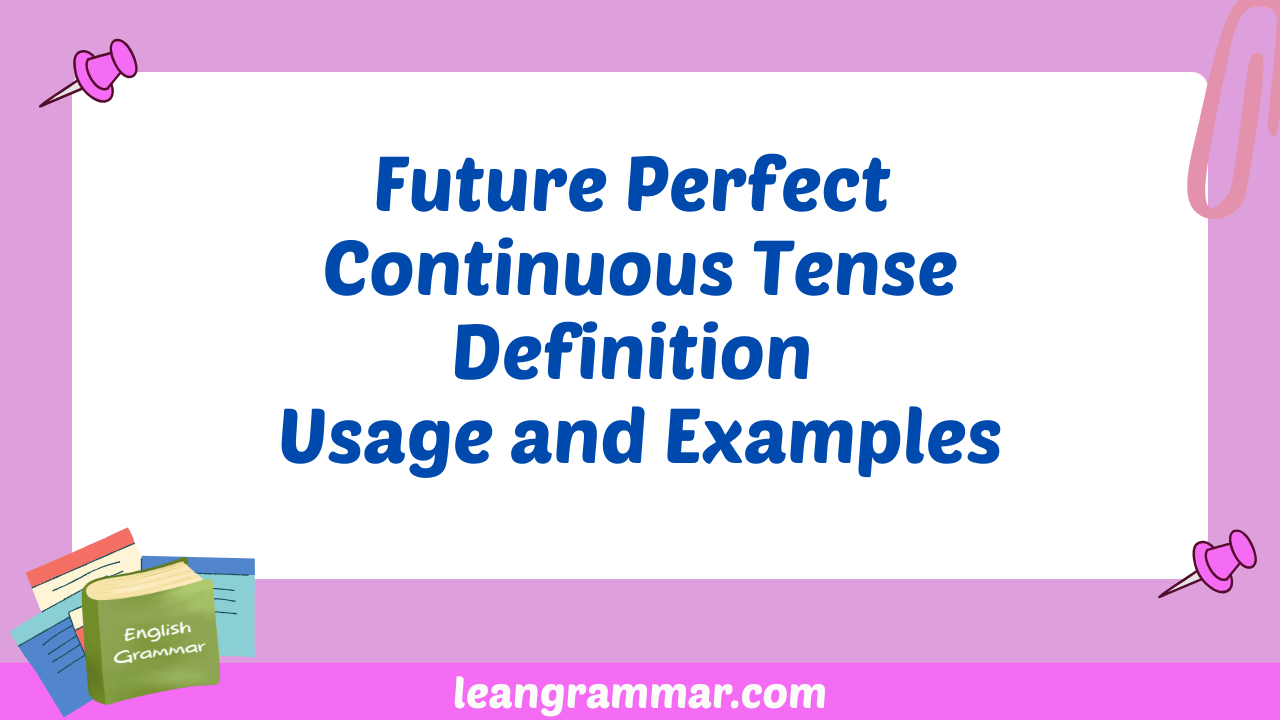Spit, Spat, or Spitted? Mastering the Past Tense of ‘Spit’
The English language, with its rich history and diverse influences, often presents learners with tricky verb conjugations. One such verb is “spit.” Is the past tense “spat,” “spitted,” or perhaps something else entirely? Understanding the nuances of irregular verbs like “spit” is crucial for accurate and effective communication. This article will explore the various forms … Read more
